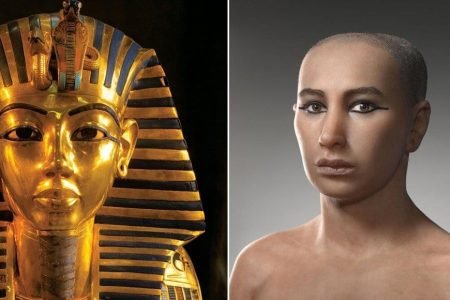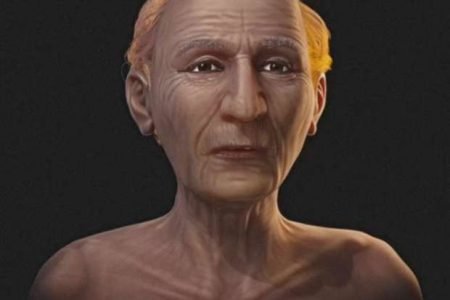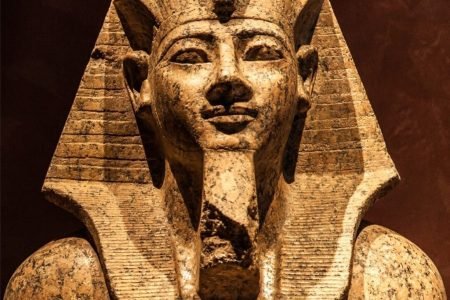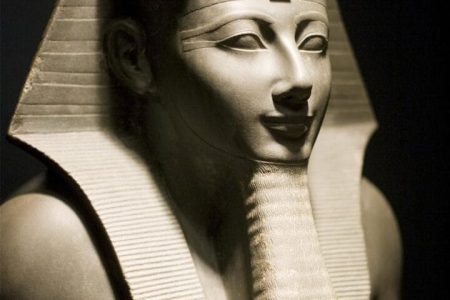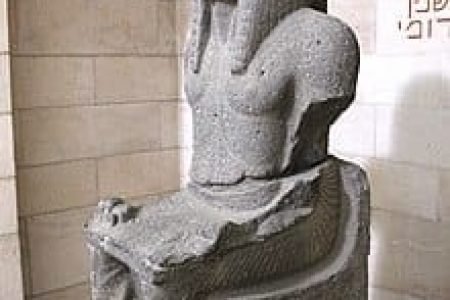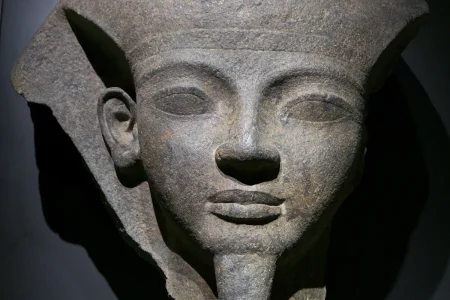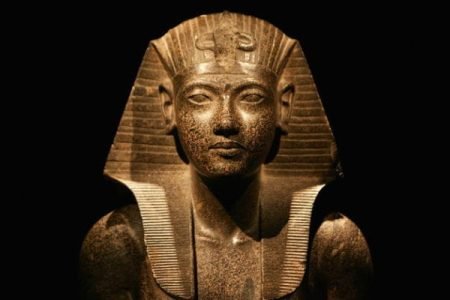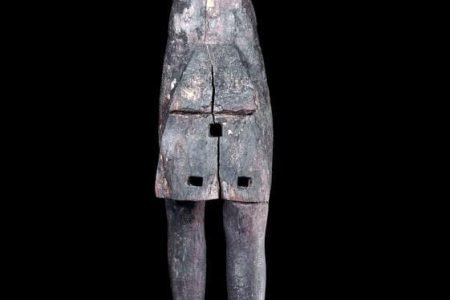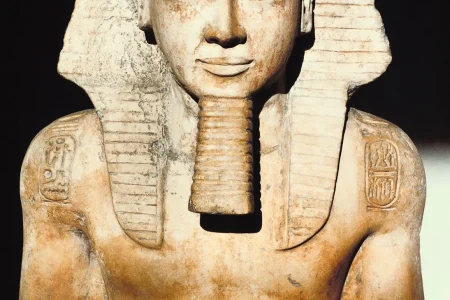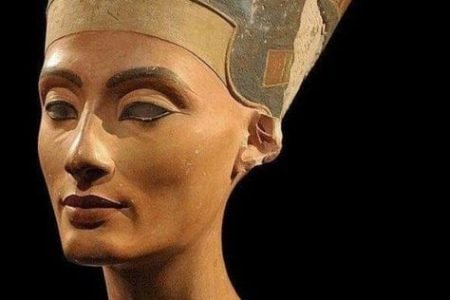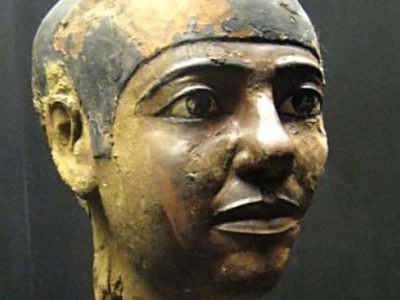The mummies of ancient Egypt are not just extraordinary for their remarkable preservation, but they also provide a window into the intricate and captivating world of one of history’s most advanced civilizations. These mummies, from powerful pharaohs like Ramses II and Khufu to influential queens such as Hatshepsut and Nefertiti, reveal the grandeur of Egypt’s royal history, the religious significance of mummification, and the fascinating burial customs that allowed these rulers to endure for millennia. The stories behind Egypt’s most famous mummies—such as their monumental achievements, reigns, and cultural impact—bring to life the practices and rituals that defined ancient Egyptian society. Terms like Ancient Egyptian Mummies, Pharaohs of Egypt, Egyptian Tombs, Royal Mummies, Mummification Process, Egyptian Burial Customs, Egyptian History, Egyptian Culture, Valley of the Kings, Egyptian Archaeology, Ramses the Great, Thutmose III, and Hatshepsut’s Reign help define the lasting legacy left behind by these mummified monarchs. The discovery of famous tombs like Tutankhamun’s, along with insights into Pharaohs’ Tombs and Royal Burial Practices, continue to shape Egyptology, while the Golden Age of Ancient Egypt, Egyptian Dynasties, and Egyptian Religion and Mythology illuminate the civilization’s far-reaching influence. Notable mummies such as Amenhotep I, Merneptah, Thutmose IV, Queen Nefertiti, Siptah, Psusennes I, Taharqa, Ramses IX, Seti II, Ankhesenamun, and Pepi II represent the remarkable range of historical figures whose legacies endure through their mummified remains. These discoveries offer invaluable knowledge, enriching our understanding of the lives of those who shaped Egypt’s ancient world.
- Egypt Tour Magic
- Egypt Tour Packages
- Excursions in Egypt
- Cairo Tours and Excursions
- Hurghada Tours and Excursions
- Soma Bay Tours and Excursions
- Makadi Bay Tours and Excursions
- Sahl Hasheesh Tours and Excursions
- El Gouna Tours and Excursions
- Marsa Alam Tours and Excursions
- Port Ghalib Tours and Excursions
- El Quseir Tours and Excursions
- Dendera and Abydos Day Tours
- Aswan Tours and Excursions
- Luxor Tours and Excursions
- Alexandria Tours and Excursions
- Sharm El Sheikh Tours and Excursions
- Top Rated Tours in 2025
- Optional Excursions in Egypt
- Private Transfer
- Blogs About egypt
- Ancient Egypt
- What You Need To know Before Your First Trip To Egypt
- Best Places to Visit in Egypt 2025
- Top Attractions in Red Sea Resorts 2025
- Top 10 Tourist Activities in Egypt
- Top 30 Activities You Can’t Miss in Egypt
- The Guide to Guided Tours in Egypt
- Egypt’s Ancient and Modern History
- The Nile River
- The Deserts of Egypt
- Historical Sites in Egypt
- Cairo
- Alexandria
- Luxor
- Aswan
- The Red Sea
- Dendera Temple
- El Fayoum Oasis
- Bahariya Oasis
- Siwa Oasis
- Al Alamein
- Marsa Matruh
- Ancient Egyptian gods
- famous Egyptian dishes
- UNESCO World Heritage sites
- About Us
- Why Egypt Tour Magic
- Egypt Tour Magic
- Egypt Tour Packages
- Excursions in Egypt
- Cairo Tours and Excursions
- Hurghada Tours and Excursions
- Soma Bay Tours and Excursions
- Makadi Bay Tours and Excursions
- Sahl Hasheesh Tours and Excursions
- El Gouna Tours and Excursions
- Marsa Alam Tours and Excursions
- Port Ghalib Tours and Excursions
- El Quseir Tours and Excursions
- Dendera and Abydos Day Tours
- Aswan Tours and Excursions
- Luxor Tours and Excursions
- Alexandria Tours and Excursions
- Sharm El Sheikh Tours and Excursions
- Top Rated Tours in 2025
- Optional Excursions in Egypt
- Private Transfer
- Blogs About egypt
- Ancient Egypt
- What You Need To know Before Your First Trip To Egypt
- Best Places to Visit in Egypt 2025
- Top Attractions in Red Sea Resorts 2025
- Top 10 Tourist Activities in Egypt
- Top 30 Activities You Can’t Miss in Egypt
- The Guide to Guided Tours in Egypt
- Egypt’s Ancient and Modern History
- The Nile River
- The Deserts of Egypt
- Historical Sites in Egypt
- Cairo
- Alexandria
- Luxor
- Aswan
- The Red Sea
- Dendera Temple
- El Fayoum Oasis
- Bahariya Oasis
- Siwa Oasis
- Al Alamein
- Marsa Matruh
- Ancient Egyptian gods
- famous Egyptian dishes
- UNESCO World Heritage sites
- About Us
- Why Egypt Tour Magic
The Mummies of Ancient Egypt
1. Mummy of Tutankhamun
Tutankhamun is one of the most famous pharaohs of ancient Egypt, although he ruled for a brief period of only 10 years. He was born into a royal family and became the heir to the throne after the death of Akhenaten. His mummy was discovered in 1922 by archaeologist Howard Carter in the Valley of the Kings, in tomb KV62. Despite his short reign, Tutankhamun's tomb, filled with treasures, became one of the most significant archaeological discoveries. His sudden death at the age of 18 remains a mystery, but his well-preserved mummy continues to offer valuable insights into ancient Egyptian burial practices and mummification techniques.
2. Mummy of Ramses II
Ramses II, also known as Ramses the Great, was one of the most powerful pharaohs in Egypt's history. He ruled for 66 years, from 1279 to 1213 BCE, and is famous for his military conquests, particularly the Battle of Kadesh, and his extensive building projects, including the temples of Abu Simbel. His mummy was discovered in the Valley of the Kings in 1881 and is one of the best-preserved royal mummies found in Egypt. Ramses II's reign marked the height of Egypt’s power, and his mummy, with its remarkable preservation, gives us a glimpse into the grandeur of ancient Egyptian kingship.
3. Mummy of Amenhotep II
Amenhotep II was a pharaoh of the 18th dynasty, ruling from 1427 to 1401 BCE. He is known for his military prowess and for maintaining Egypt’s strength during his reign. He led several successful campaigns, particularly in the Near East, and was known for his skill in archery and other sports. His mummy was discovered in 1898 in the Valley of the Kings, in tomb KV35. The mummy was well-preserved and offers significant insights into the mummification practices of the time, highlighting the importance of royal burial customs in ancient Egypt.
4. Mummy of Seti I
Seti I was a prominent pharaoh of the 19th dynasty, reigning from 1290 to 1279 BCE. He is known for restoring Egypt's military power and for his extensive building projects. Seti I's reign is noted for its military successes, particularly against the Libyans and in the Battle of Kadesh. His mummy was discovered in 1881 in the Valley of the Kings, in tomb KV15, and it is one of the most well-preserved royal mummies ever found. Seti I’s tomb and mummy have provided archaeologists with crucial information about Egyptian funeral practices.
5. Mummy of Hatshepsut
Hatshepsut was one of Egypt's most successful and famous female pharaohs, ruling from 1479 to 1458 BCE. She is remembered for her architectural achievements, particularly the construction of her mortuary temple at Deir el-Bahari. Hatshepsut ruled in a time when women had little political power, and her ability to maintain control of Egypt and portray herself as a male pharaoh is a testament to her strength. Her mummy was discovered in 1903 in the Valley of the Kings, and although it had been lost for a period of time, it was eventually identified. The discovery provided important details about royal mummification and ancient Egyptian burial practices.
6. Mummy of Thutmose III
Thutmose III, often called "Napoleon of Egypt," was one of the greatest military leaders in ancient Egypt. He ruled from 1479 to 1425 BCE and led numerous successful campaigns across the Near East. Thutmose III is credited with expanding Egypt’s empire to its largest territorial extent. His mummy was discovered in 1881 in the Valley of the Kings, in tomb KV34. The discovery of his well-preserved mummy provided significant insight into the mummification methods used during the 18th dynasty and the importance of military conquest to Egyptian rulers.
7. Mummy of Ramses III
Ramses III was the last of the great pharaohs of the 20th dynasty, reigning from 1186 to 1155 BCE. His reign was marked by military conflict, particularly with the Sea Peoples, and by efforts to defend Egypt from external threats. His mummy was discovered in the Valley of the Kings in 1886 and is one of the most significant discoveries of the late 19th century. Ramses III’s tomb and mummy have provided valuable insights into the decline of Egypt's power during the Third Intermediate Period, as well as the techniques used in royal mummification.
8. Mummy of Queen Tiye
Queen Tiye was the wife of Pharaoh Amenhotep III and the mother of Pharaoh Akhenaten. She played a significant role in politics and religion during her husband's reign, supporting the introduction of Atenism. Her mummy was discovered in 1904, and although it had been misplaced for some time, it was eventually identified. Queen Tiye's mummy, found in the Valley of the Kings, provides valuable insights into the royal mummification process and the impact of her life on Egyptian history, especially her influence on the religious reforms introduced by her son, Akhenaten.
9.Mummy of Ramses VI
Ramses VI was a pharaoh of the 20th dynasty, reigning from 1145 to 1137 BCE. His reign was marked by a period of stability following the rule of his predecessors. His tomb, located in the Valley of the Kings, contains detailed inscriptions and a well-preserved mummy that provides valuable insights into royal mummification practices of the time.
10. Mummy of Merneptah
Merneptah, the son of Ramses II, was the fourth pharaoh of the 19th dynasty. He is most famous for his military victories, including his inscription on the Merneptah Stele, which contains the first historical reference to the Israelites. His mummy was discovered in the Valley of the Kings, and it is remarkably well-preserved.
11. Mummy of Ramses IX
Ramses IX was the last pharaoh of the 20th dynasty, ruling from around 1129 to 1111 BCE. His reign saw the decline of Egypt’s power, but his tomb in the Valley of the Kings provided important artifacts, including his mummy, which has helped historians understand the later stages of Egypt’s mummification methods.
12. Mummy of Seti II
Seti II, the son of Ramses I, ruled Egypt from 1200 to 1194 BCE. His mummy was found in the Valley of the Kings in 1898 and is notable for its preservation. Seti II's reign, though short, was important in maintaining Egypt's military and political stability during a period of transition.
13. Mummy of Akhenaten
Akhenaten, the heretic pharaoh who introduced the worship of Aten as Egypt's central religion, ruled during the 18th dynasty. Though his mummy was lost for centuries, it was later identified in the Valley of the Kings. Akhenaten’s revolutionary rule and religious reforms continue to be a subject of great interest in Egyptology.
14. Mummy of Queen Nefertari
Queen Nefertari, the wife of Ramses II, was one of Egypt's most beloved queens. Her tomb, located in the Valley of the Queens, contains beautiful wall paintings and inscriptions. Her mummy was discovered in 1904, and although it was not as well-preserved as others, it remains a significant find.
15. Mummy of Imhotep
Imhotep, an architect, physician, and high priest during the Old Kingdom, became a deified figure after his death. His mummified remains have been the subject of extensive research, providing key insights into his role as one of Egypt's most important figures and one of the earliest recorded physicians in history.
16. Mummy of Thutmose II
Thutmose II, the fourth pharaoh of the 18th dynasty, ruled from around 1492 to 1479 BCE. Though not as well-known as his successor Thutmose III, his mummy, discovered in the Valley of the Kings, is significant in understanding the royal succession and mummification practices of his time.


